`+mobile friendly+
A N D R E S P Ä Ä B O
w w w . p a a b o . c a
Portraying
Nature as a Scientific Pursuit
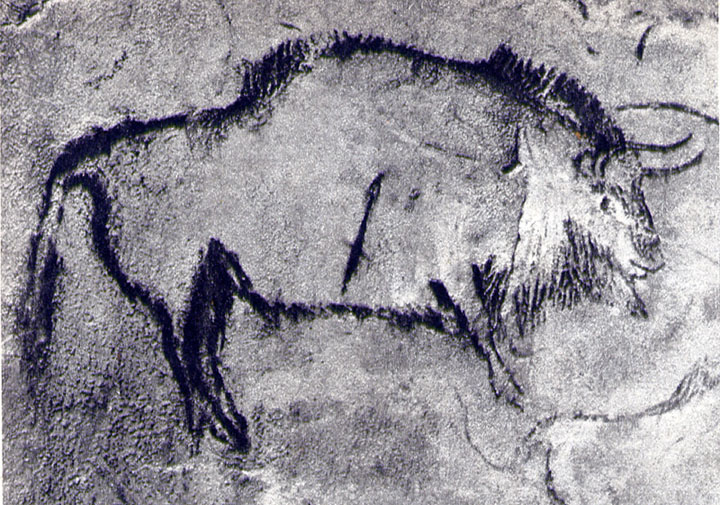
Why did prehistoric people seek to depict a bison in a lifelike fashion on a cave wall? To somehow preserve the subject in their environment! The same reason today a cellphone user will capture a photo of a bison in the wild. Art that depicts a situation in the real environment stems from that desire. Most often we want to preserve what we encounter, that often is fleeting, to observe it more closely. That desire too is seen in capturing things photographically and most recently capturing video and even slowing down the video to see more. The motive is the same in science - the scientist collected specimens. Unfortunately to captiure the real thing one had to actually capture it and put it in a cage. or kill it, and sadly both these actions removed the animal or plant from its natural environment. Capturing images does not injure the subject.
Most artists of
wildlife and nature subject matter begin with a general
interest in nature. They like to experience nature, study it thought
binoculars or microscopes, and so on. Associated with studying nature
is documenting it. There are many examples of scientists over the
centuries who studied particular species of plants and animals and it
was not enough to describe the speciments in words. They became
illustrators. Scientists who were more environmental in nature - who
visited the wildlife and their wild environments - were also
prompted to become artists to visually
document what they saw. For example explorers in North America
centuries ago, upon coming across Niagara Falls, sketched a picture of
it. Today, scientists do not have to be artists, as the visual
documentation can be done with photography. So the roots of
nature art lies iin human fascination with out world, and one powerful
way is through images and now videos too.
Even though there are now other ways of visually documenting the nature one studies, the practice had become established as a form of art. Today, sketching or painting landscapes or portraying animals and plants, no longer serves just to document things in the real world, but has continued to endure as an art form in itself, worthy to be framed and hung on walls to be admired. This separation of realistic depictions of the real natural world, from its original documentary purpose, has allowed it to evolve on its own in different directions.
As an art form. on the one hand there has been a desire to add emotion to paintings through colour and technique - because when we observe something we not only see the reality as a camera does, but we react emotionally, and illustration that reflects our emotional responses, is more interesting, more desirable.
When I was a youngster I did not analyze it. I simply wanted to reproduce what I was looking at in a sketch or painting, whether it was a face, a figure, or a scene. The aim was the same as photography, except that the result was an interesting hand-made image, instead of the result of pressing the button of a camera. But even though I simply wanted to reproduce what I was looking at, I was selecting what I was going to reproduce in a sketch or painting. My choice of subject matter is what ties this to science.
Both choosing to study and document a subject artistically and choosing to do so scientifically arise from the same human curiosity about things.
We can, therefore say, that In general today, all "artists" who seek to depict the real world in realistic detail, tend also to have scientific pursuits on the side. We can conclude that the creation of realistic portrayals of the natural environment is an excuse to carry out scientific-like investigation.
This truth can apply to studying world outside of the natural environment as well since humans are a subject we can explore as well. For example Leonardo da Vinci was a student of the human body, architecture, engineering and art was no the only avenue by which he approached the subjects that interested him. It is easy to imagine that when he painted the Mona Lisa he was studing the anatomy of his subjects face, and the communication coming from faint smiles and mischievous eyes. We can find many other examples of realist artists who were also scientifically inclined.
I am like this. Unlike artists who paint, dance. sing. etc to simply express themselves, my art is a device for studying, researching, my subject matter, and the painting my way of documenting it. Thus, the public can understand that underneath my pursuit of realistic illustrative paintings, is an insatiable interest in the world around me. It would not surprise anyone that I also carried on side interests of a scientific nature that did not necessarily manifest in the artistic form, but perhaps in other forms like writing. For example I embarked on writing a novel situated in the North American age of railways, and that lead me to research the subject and in turn my research would provide information I included in my novel. Humans who are curious about their world, will embrace excuses for satifying that curiosity, which often take the form of some final product - artistic or scientific. If I documented my pursuit in terms of writing, today I was able to post my documentation on the internet. This website will also present sections in which I document my interests in natural evolution, the spread of ancient boat oriented people, and more. Nobody asked me to pursue them. But there is not reason not to put my findings here on my website. I have had a website to show my art, and other pursuits, since 1998.
"Art" that seeks to reveal things about the real world in this way, should not be confused with "art" that serves to express contemporary culture - fashion, fads, trends, etc - which are the opposite in nature. There exists today much are that is purely the artist expressing himself or herself to an audience. They are excuses to perform, and not excuses to research. The one is directed outward , the other directed inward .
But as I say, I never analyzed my interest. I only knew that I was interested in particular things in the world I encountered and sketching them was very satisfying, since the act of sketching and painting takes hours and that translates as an excuse to study the subject in depth. But in addition, if the sketch or painting was done well, its viewer would also benefit from it, if it was known that the sketch or painting reproduced the subject well. The illustration created by a scientist must by definition be true to the reality. But as I said above, this purpose of studying one's world, need not apply to wildlife, but any subject that can be portrayed in image form. What a realist artist portrays is always a product of his or her personal curiosity. Without it, there would be no point to it.
Even though there are now other ways of visually documenting the nature one studies, the practice had become established as a form of art. Today, sketching or painting landscapes or portraying animals and plants, no longer serves just to document things in the real world, but has continued to endure as an art form in itself, worthy to be framed and hung on walls to be admired. This separation of realistic depictions of the real natural world, from its original documentary purpose, has allowed it to evolve on its own in different directions.
As an art form. on the one hand there has been a desire to add emotion to paintings through colour and technique - because when we observe something we not only see the reality as a camera does, but we react emotionally, and illustration that reflects our emotional responses, is more interesting, more desirable.
When I was a youngster I did not analyze it. I simply wanted to reproduce what I was looking at in a sketch or painting, whether it was a face, a figure, or a scene. The aim was the same as photography, except that the result was an interesting hand-made image, instead of the result of pressing the button of a camera. But even though I simply wanted to reproduce what I was looking at, I was selecting what I was going to reproduce in a sketch or painting. My choice of subject matter is what ties this to science.
Both choosing to study and document a subject artistically and choosing to do so scientifically arise from the same human curiosity about things.
We can, therefore say, that In general today, all "artists" who seek to depict the real world in realistic detail, tend also to have scientific pursuits on the side. We can conclude that the creation of realistic portrayals of the natural environment is an excuse to carry out scientific-like investigation.
This truth can apply to studying world outside of the natural environment as well since humans are a subject we can explore as well. For example Leonardo da Vinci was a student of the human body, architecture, engineering and art was no the only avenue by which he approached the subjects that interested him. It is easy to imagine that when he painted the Mona Lisa he was studing the anatomy of his subjects face, and the communication coming from faint smiles and mischievous eyes. We can find many other examples of realist artists who were also scientifically inclined.
I am like this. Unlike artists who paint, dance. sing. etc to simply express themselves, my art is a device for studying, researching, my subject matter, and the painting my way of documenting it. Thus, the public can understand that underneath my pursuit of realistic illustrative paintings, is an insatiable interest in the world around me. It would not surprise anyone that I also carried on side interests of a scientific nature that did not necessarily manifest in the artistic form, but perhaps in other forms like writing. For example I embarked on writing a novel situated in the North American age of railways, and that lead me to research the subject and in turn my research would provide information I included in my novel. Humans who are curious about their world, will embrace excuses for satifying that curiosity, which often take the form of some final product - artistic or scientific. If I documented my pursuit in terms of writing, today I was able to post my documentation on the internet. This website will also present sections in which I document my interests in natural evolution, the spread of ancient boat oriented people, and more. Nobody asked me to pursue them. But there is not reason not to put my findings here on my website. I have had a website to show my art, and other pursuits, since 1998.
"Art" that seeks to reveal things about the real world in this way, should not be confused with "art" that serves to express contemporary culture - fashion, fads, trends, etc - which are the opposite in nature. There exists today much are that is purely the artist expressing himself or herself to an audience. They are excuses to perform, and not excuses to research. The one is directed outward , the other directed inward .
But as I say, I never analyzed my interest. I only knew that I was interested in particular things in the world I encountered and sketching them was very satisfying, since the act of sketching and painting takes hours and that translates as an excuse to study the subject in depth. But in addition, if the sketch or painting was done well, its viewer would also benefit from it, if it was known that the sketch or painting reproduced the subject well. The illustration created by a scientist must by definition be true to the reality. But as I said above, this purpose of studying one's world, need not apply to wildlife, but any subject that can be portrayed in image form. What a realist artist portrays is always a product of his or her personal curiosity. Without it, there would be no point to it.
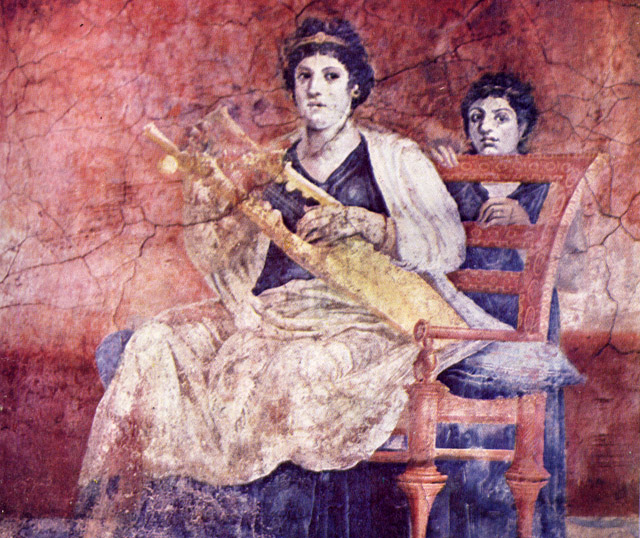
Portraying schemes of situations with people in them also reflects human interest in capturing everyday reality in a more permanent fashion on a wall. It is human nature to do so. If the Romans had had cameras we would today have a million photos from that time. Wildlife art is merely new subject matter in today's world of concern about the destruction of nature.
Design to Imagine New Realities
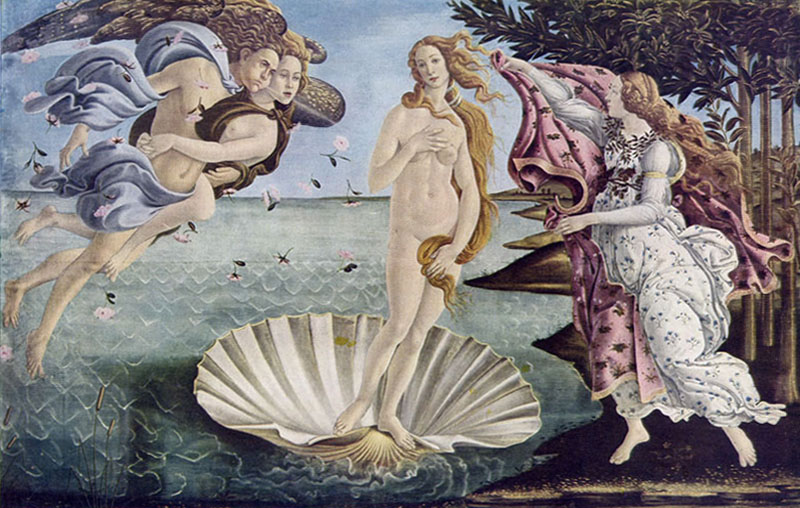
This famous painting of 1480 by Botticelli called 'Birth of Venus' and depicting a scene from Greek mythology, shows that it is also human nature to deliberately modify reality and in doing do create images that do not really exist. Even a modern cellphone user will look for the best angle, and even ask their subjects to pose, to illustrate an idea that may not occur naturally.
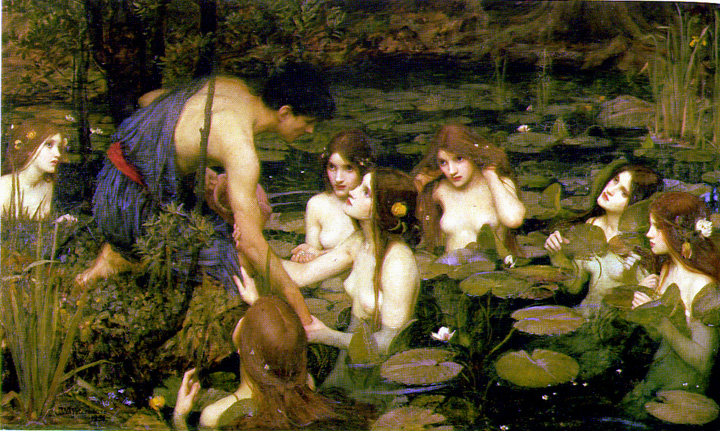
This image from the Victorian era, in 1896, just before the development of photography - Hylas and the Nymphs by Waterhouse - depicts a scene from Greek mythology too. Photography spelled the end to actually painting large realistic often idealistic scenes. The wildlife art of today is often developed in the same way into idealistic scenes that we never see, or we might see fleetingly if we are lucky. It is all about creating and preservng visual reality
MORE ON WATERHOUSE - EXHIIBITION IN MONTREAl; >>>
Photography as a Tool like sketch-studies
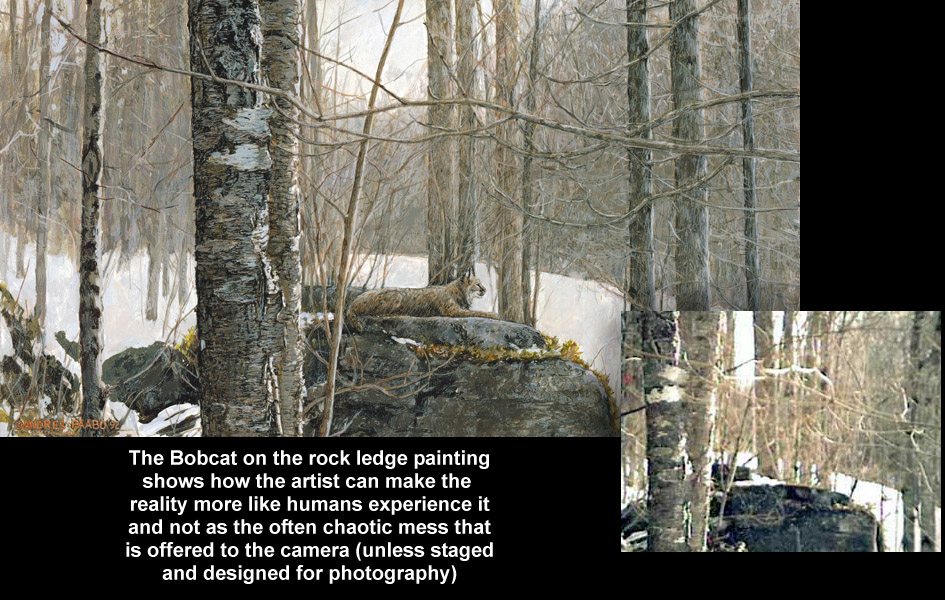
This painting by myself shows that in spite of the existence of photography, there is sill plenty of room to design the painting to produce a better experience than what a photograph can provide. The actual photo I took is shown at bottom right. There was no bobcat on the rock ledge and the shapes and patterns in the trees, etc are confusing in the real wild. The painting therefore redesigns nature to create something more interesting and aesthetically pleasing. But note that I am already designing my painting when taking the photography. As realist artists say - photography, like direct study and sketching are only tools, even if rarely photography might HAPPEN to get a perfect scene. It is also possible to set up the subject matter in a studio, or now to design photos via Photoshop. But such manipulations for photography often take longer and are more costly than a good artist painting what is envisioned in his imagination.
LAST UPDATE MAR. 2021 (c) A.Paabo